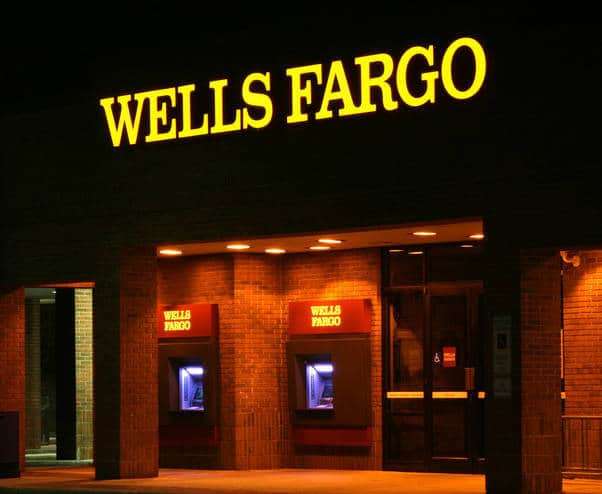By Dr. John E. Warren | On Tuesday, March 28, the Office of the Comptroller of the Currency downgraded Wells Fargo Bank’s rating from an “Outstanding” to a “Needs to improve” rating which the bank had previously enjoyed under the Community Reinvestment Act. The Office of the Comptroller of the Currency is an independent government agency within the U.S. Treasury Department that supervises all banks and federal savings associations. Although action comes on the heels of an agreement by Wells Fargo Bank to pay $110 million to settle a lawsuit against it by customers who filed a class action suit for the opening of fake bank accounts in their names, this is just another one of many lawsuits against the bank in recent months and years. The amount might seem small compared to the revelation last September that the bank had opened over 2 million fake accounts in customer names and without their permission.
In a separate lawsuit last September, Wells Fargo agreed to pay $185 million in fines and penalties to federal regulators and the Los Angeles city attorney’s office for “unreasonable sales practices” The two actions come to a total of $295 million dollars. This latest settlement covers at least 10 other lawsuits.
The period covered by the $110 million settlement begins on Jan. 1, 2009 and ends upon the execution of the settlement agreement put forth on Tuesday, if accepted by the court and the parties involved. These payouts are on top of the $3.2 million Wells Fargo has paid to customers on over 130,000 potentially unauthorized accounts or services.
This latest settlement agreement is important in that it represents the bank moving away from “forced arbitration” which is in the small print of its agreements. It is reported this practice allows companies like Wells Fargo to hide misbehavior in private mediation rather than opening it up to public scrutiny in court.
The closer you look at Wells Fargo, the further back its problems go. For instance, in addition to what has been stated here, reports and articles on Wells Fargo Bank show that on Monday, Sept. 26, 2016, six former Wells Fargo Bank employees filed lawsuit in Federal court against the bank for $7.2 billion or more for workers nationwide who were fired or demoted after refusing to open fake accounts. This particular suit accused the bank of “orchestrating a fraudulent scheme to boost its stock price that forced employees to “choose between keeping their jobs and opening unauthorized accounts.”
The following provides greater insight into how Wells Fargo has dealt with or treated its employees. Some of the legal allegations arising from such conduct included (l) wrongful termination, (2) violation of California labor code, and (3) failure to pay wages and other charges. The employees represented in the lawsuit had worked at Wells Fargo either during the past 10 years or continued to work there until they were fired, demoted or forced to resign due to not meeting sales quotas.
The federal class action, which is separate from that cited above, alleged that Wells Fargo violated; (1) Dodd-Frank and the section of Sarbanes-Oxley prohibiting retaliation against whistleblowers and violated the overtime provisions of the Fair Labor Standards Act covering hours of work. These lawsuits paint a far different picture than the one Wells Fargo offers of firing 5000 employees after the investigation into the fake accounts. That action suggested the fired employees did the fake bank accounts on their own and without the bank’s knowledge or participation.
Looking a little further back, the record shows that on April 8, 2016, the U.S. Department of Justice issued a press release citing Wells Fargo’s agreement to pay $1.2 billion for improper mortgage lending practices. Wells Fargo made the following admission: “that it certified loans as eligible for FHA Mortgage Insurance when they were not, and that it did not disclose thousand of faulty mortgage loans to HUD.” The period covered was from May 2001 through December 2008. This settlement was approved by the U.S. District Court for the Southern District of New York on the date of this release, April 8, 2016 with the following statements from the Department of Justice:
“The $1.2 billion settlement with Wells Fargo is the largest recovery for loan origination violations in FHA history. Yet this monetary figure can never truly make up for the countless families that lost homes as a result of poor lending practices….. Driven to maximize profits, Wells Fargo employed shoddy underwriting practices to drive up loan volume at the expense of loan quality”
As of March 29, 2017, it was reported “shares of Wells Fargo gained only 2.9 percent in the last two years, significantly underperforming the 22.8 percent growth given by on market observer. The September 2016 lawsuit was cited as the reason for the “substantial plunge” in shares following that filing.

